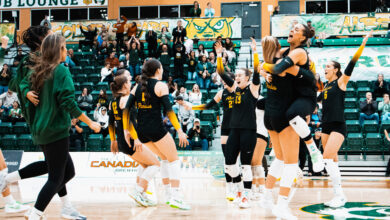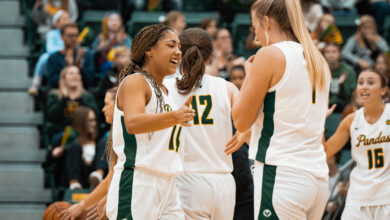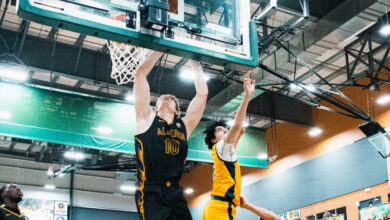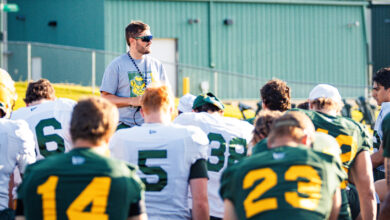Concussions very prevalent in minor hockey
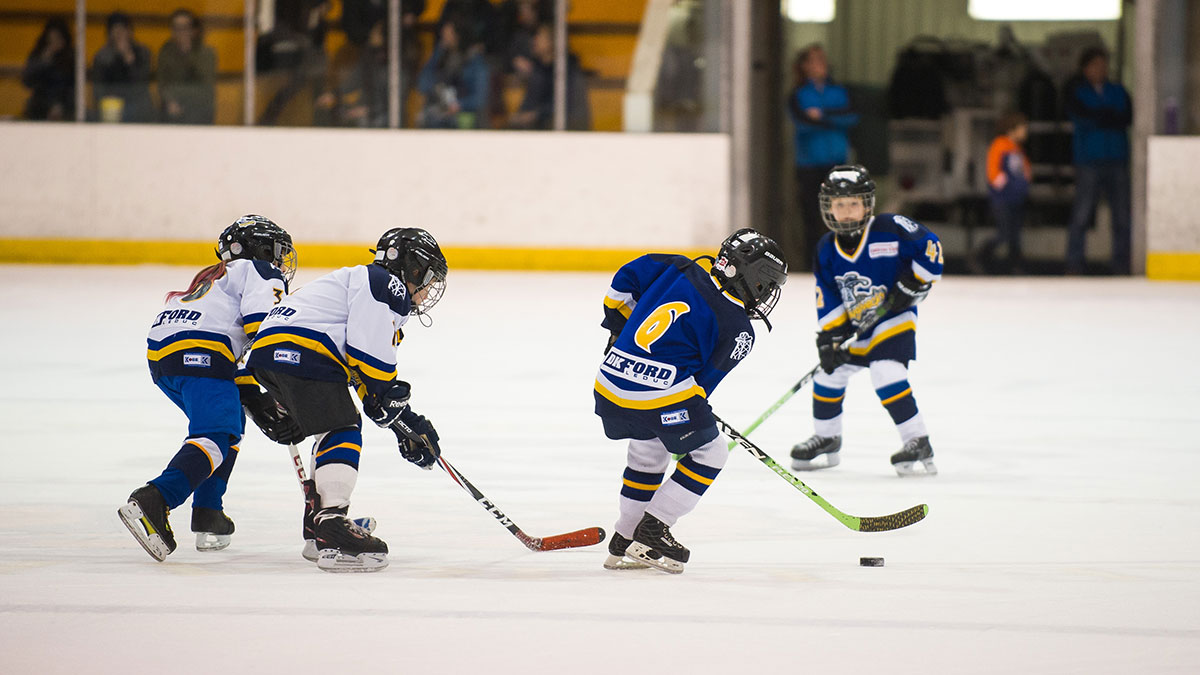 Randy Savoie
Randy SavoieIn Feb. 2014, 16-year-old Jeremiah Ellis sustained a concussion while playing hockey. He returned to the ice two months after his symptoms disappeared, only to have them return more severely when he took another hit in September. Before his accident, his academic average was 95 per cent — after, he had “low 80s and 70s.”
“Even though I healed completely, I still felt that I’d never be at the same level again,” Ellis said. “I just lost motivation.”
Over the past several years, a national discussion about sports concussions, particularly among young athletes, has gathered steam within the scientific community and among parents. In light of Edmonton’s Minor Hockey Week, which ran from Jan. 8 to 17, the University of Alberta’s Injury Prevention Centre released a report stating concussions constitute 20 to 25 per cent of all hockey-related injuries for boys aged five to nine, making it the most common sports injury in that age group.
Don Voaklander, the director of the Injury Prevention Centre, said that, though body checking is prohibited for children 12 and under, the nature of the sport itself makes beginners highly susceptible to a serious injury.
“When you’re five to nine years old … you’re just learning the sport,” he said. “It’s a developmental stage in hockey, so sometimes they’ll catch an edge and fall under the boards or have some contact that more skilled players could avoid.” Because the frontal lobes of the brain continue to develop until age 25, concussions sustained at a young age pose serious long-term health risks if not treated properly, including attention deficits and difficulty performing daily tasks.
Voaklander said parents with children who have suffered concussions “have nothing to worry about” if they follow the suggested return-to-play protocol. He recommends a guideline for recovery time, in which parents track how long it takes from the day of the injury for symptoms to disappear and wait the same amount of time after that before allowing their child to return to the ice.
“You really want to avoid a second concussion while you’re recovering from the first, because that second one will amplify any issues that might have occurred from the first concussion,” he said.
Over the past 20 years, minor hockey has evolved from a mobility sport that provided economic opportunities to players from poverty-stricken households – like those of now-retired NHL players Maurice Richard and Gordie Howe – to an activity that relies more on professional coaches and trainers than parents and volunteers. In 2012, Hockey Canada reported parents with children in minor hockey spend an average of $3,000 annually on registration, equipment and travel.
Voaklander said he doubts the data compiled by the Injury Prevention Centre will “make much of a difference” to the most committed hockey parents, some of whom pay tens of thousands of dollars a year on hockey programs and academies.
“Hockey is very culturally embedded in Canada,” Voaklander said. “I doubt this will make a difference (to) … anyone who’s investing that much money in their kid’s sport.”
Ellis is now a first-year political science student at the U of A who plays non-contact intramural hockey in his spare time. He said he believes concussions would not occur as frequently in minor hockey if players were encouraged to perform less aggressively. “Hitting itself (isn’t) the big issue,” Ellis said. “That’s part of the game. The average body check isn’t going to concuss you.”
“It’s the attitude that’s developed in the game. Coaches encourage you to take out another player, and the refs accept that behavior. The whole culture needs to change.”

